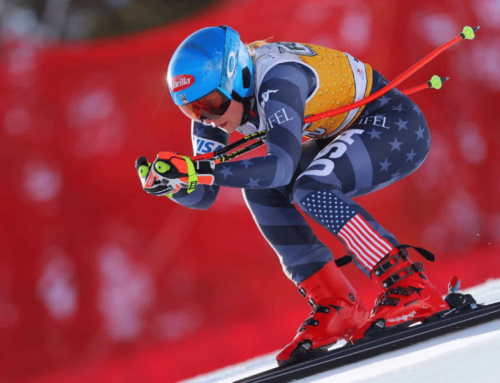Resi Stiegler: Wyoming kid brings love of sport to ski racing
The flanks of Åreskutan in central Jämtland sweep down from its treeless peak through dense forest to the finish arena near the shore of the Åresjön sea in Åre, Sweden. Racer 44 stood in the starting gate, adjusting the tiger ears affixed to her helmet – just as she did 18 years earlier amid the alpine peaks of Lenzerheide as she began her World Cup career.
“I remember standing in the gate and being like, ‘the sun is shining, my back doesn’t hurt, my knees don’t hurt. I’m so happy. I love this sport so much. And I was like, ‘maybe that’s it. That’s it.’ Like, that’s an accomplishment on its own.”
This week, Resi Stiegler from Jackson, Wyo. will step into the starting gate in the U.S. Alpine Championships at Aspen with the same vigor that has propelled her for two decades as one of America’s most charismatic and passionate ski racers.
While the two World Cup slaloms in Åre may well be her last, Stiegler doesn’t look at life that way. “I still have this passion for skiing,” she said. “And I feel it’s like a chapter that you can close. And I did it serendipitously this season – very naturally and exactly the way I wanted.”
Åre marked her 178th World Cup start, a long way from her breakthrough Europa Cup there 19 years earlier.
“I feel like it’s kind of a milestone celebration,” said Stiegler. “It’s almost been 20 years since I raced my first World Cup. You know, my career is such a different one than other peoples’. And there’s a lot to look back on. And I just feel like in life, I’ve always been kind of relaxed about some things and then OCD about other things.
“But skiing has always been the one thing in my life that I loved so much unconditionally.”
Growing up in a ski town
That unconditional love began at the age of two at Jackson Hole. Her father, Pepi, was an Austrian Olympic champion. Her mother, Carrie, was a skier from the midwest.
“My mom actually taught me how to ski,” she said. “My dad was more into education and just making sure that we were well traveled, well rounded. He wanted us to be aware of everything in the mountains – to be out living our lives. So I think the combination was really good. I was never pushed or forced into skiing. And skiing was just such a way of life.”
As a young girl, she joined her Stiegler family on summer trips, alternating to mom’s Upper Peninsula of Michigan and dad’s home of Lienz, Austria. “It really helped me later on to be in Europe at such a young age,” she said. “I always felt at home over there. I loved the food and the culture and the people and I never felt out of place.”
Local legend has it that Stiegler talked her coaches into skiing the fabled Corbet’s Couloir when she was still a kid. “I’m pretty sure our coaches just shoved us off there on a big powder day and we fell in,” she laughs. It was a little bit less extreme than the kids that are doing now – doing flips and tricks into it.”
She feels lucky to have grown up in Jackson with access to extreme ski runs and a great culture around the sport. “I never had a fear of skiing.”
Most of her friends’ parents worked at Jackson Hole. ”It was like daycare,” she said, recalling how each of the parents would let the others know where the kids were last seen on the mountain. “That freedom – it was so important and for me. I fell in love with skiing on my own. No one pushed me. Ski racing was my own little thing. And I was good at it. And it was fun.”
Her Jackson coaches saw her energy. She was first at training and last to leave. She loved being on snow. As a ski racer, her heroes were Katja Seizinger, Anita Wachter and Michael Von Gruenigen. “I got the Ski Racing newspaper and I would cut up pictures and put them up on my wall.”
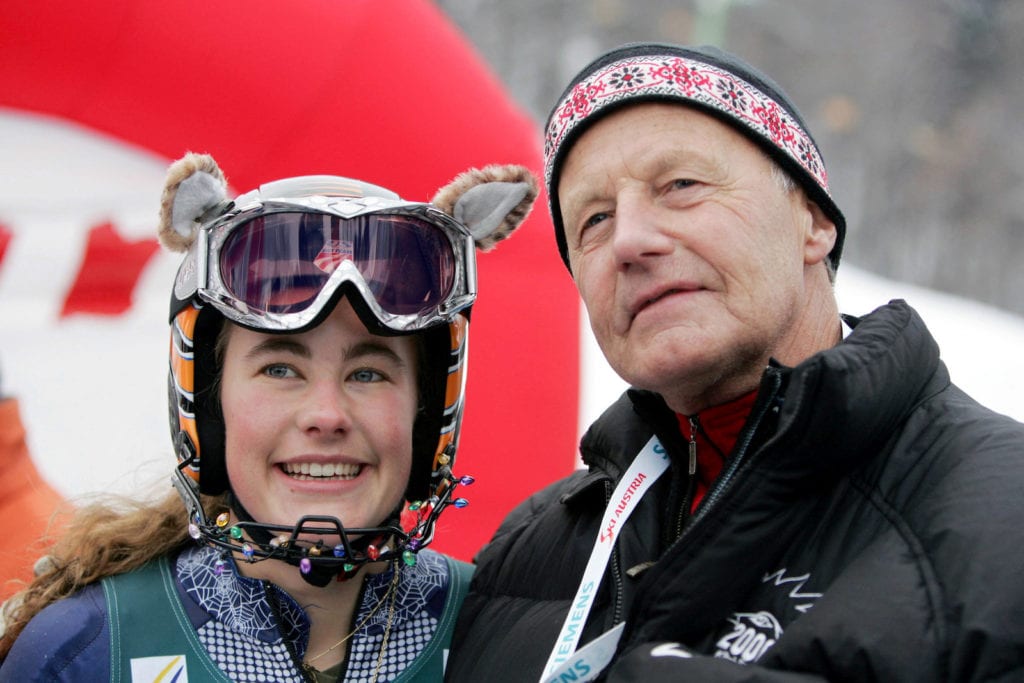
But she also had a hero figure in her father. “My dad was Pepi Stiegler. He was an Austrian gold medalist. I thought I would sign up for the Olympics and go just like him. I had no idea what I was getting myself into.”
She especially looked up to Croatian Janica Kostelić, who would go on to win four Olympic gold medals. “She was that person like, whoa, she was 16 when she got a podium (Park City, 1998),” said Stiegler. “I was like, wow, I’m only a couple of years away from that. Like, I can do that, too!”
Teenaged breakthrough
At the age of 16, Stiegler embarked on her first Europa Cup trip in late November 2001 to Finland, Sweden and Norway. It was a blend of finishes in the 40s and DNQs. A year later, she returned. Right out of the chute she was fourth in a slalom at Åre. So coaches brought her down to Sestriere, Italy for a crazy three-run slalom.
“I was so confused by the three run slalom to begin with,” she recalled. “I thought this was like a new event. I fell multiple times, didn’t qualify.” She was 57th in qualifying, just behind Tina Maze and Julia Mancuso. Sweden’s Anja Paerson won the bizarre knockout slalom event.
But with some time left on her airline ticket home, coaches took a chance and brought her to Lenzerheide, Switzerland. Things started to change.
Starting 61st in her first actual World Cup start, she came down 20th. In the second run she blitzed to the third fastest time, finishing 11th – just behind American Kristina Koznick with Sarah Schleper sixth.
“I was like, ‘holy smokes. Like this is amazing,’” she said. “‘This is the most fun I’ve ever had.’”
It became a learning season on the world’s biggest stage, a blend of World Cups and Europa Cups for Stiegler – sometimes grueling. She was getting an education, skiing everything from slalom to downhill. And then she was named to the 2003 World Championship team for St. Moritz.
In the combined, she skied to 17th in the downhill then paired up two stellar slalom runs to finish 10th behind race winner Kostelic. “It was pretty exciting,” Stiegler said at the time. “I just went out today and skied strong in all three runs. But this three-run business, it’s kind of difficult, especially when it’s at 4 o’clock in the afternoon. But I did well so I’m psyched.”
A few days later, she got a start in the slalom. On the way up the chairlift, she saw a halfpipe just above the start. So she thought she would hit it. The end result was a bent pole. Arriving at the start, she quietly grabbed a new pole and skied to the top American finish in 19th.
From there, it was on to Junior Worlds in France in March where she took bronze in combined and slalom, skiing every event and not finishing worse than 11th.
One of the U.S. Ski Team coaches who helped guide Stiegler early in her career was Patrick Riml. He came to the team in 2001 as Europa Cup Coach, moving up to head women’s coach in 2003.
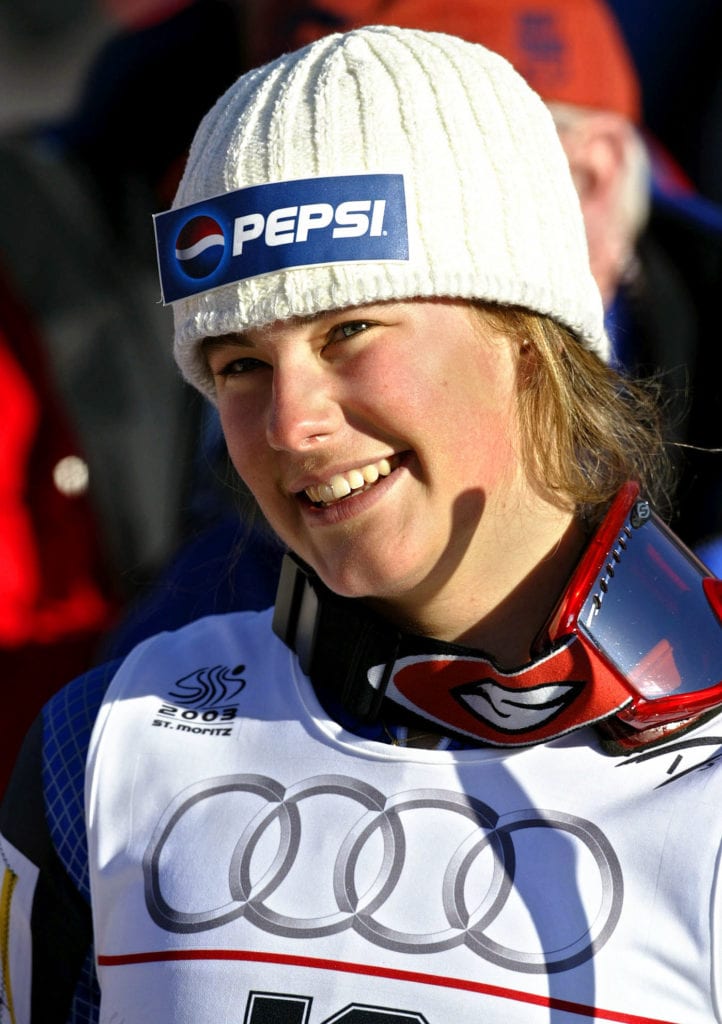
“She’s one of the fastest in the world,” Riml told Ski Racing back in 2004. “Some of the others just have more experience. She’s a fun girl, and there’s nothing she likes more than skiing. It doesn’t matter what the weather – she’s out there after training and on her days off. Skiing is her passion.”
“Patrick Riml was incredible – he was probably my longest running coach I’ve ever had,” she said. “He brought me on to the World Cup. He read me really well. He understood I needed to teach myself. He always said, ‘you need to learn to understand what you’re doing so that you can coach yourself.’ And I really appreciated that.”
Friends and mentors

When Stiegler broke onto the scene as a teen, Koznick was in the prime of her career. Ten years older, she took Stiegler under her wing early on to make her feel comfortable. “I remember her being really young,” said Koznick (now Landa). “I had such a rough go as an up-and-comer with the U.S. Ski Team because I was the only one. I wanted to make sure they (the rookies) all knew and got encouragement – to help make them comfortable.”
“Kristina was just amazing,” said Stiegler. “She was like bringing me everywhere, telling me all these things, like always making sure I was OK. Sarah was more like a big sister who was like, ‘ok, you snooze, you lose’ – which was awesome because we ended up having such a good relationship. Those were fun years. It was just kind of the three of us there for a while.”
Though she laughs about it now, Koznick remembers Stiegler as being quiet and shy in the beginning. “But she very quickly found her way,” said Koznick. “At that age, most teenagers are trying to figure themselves out in high school. Here she was doing it on the world’s stage. I most remember her for being authentic in her own way. I was proud of her.”
Stiegler was never bashful, oftentimes coming in hot and making a splash. As an unknown 16-year old development team athlete staying at the Sunny Sölden hotel, she yelled across the room, “hey, Schleper, are you going to eat your dessert?”
Schleper, six years older, didn’t know her at the time. “I was like, ‘yeah, I’m going to eat it,’” recalled Schleper. “I’m like, ‘who is this chick?’ And from then on, we’ve had this sisterly relationship.”
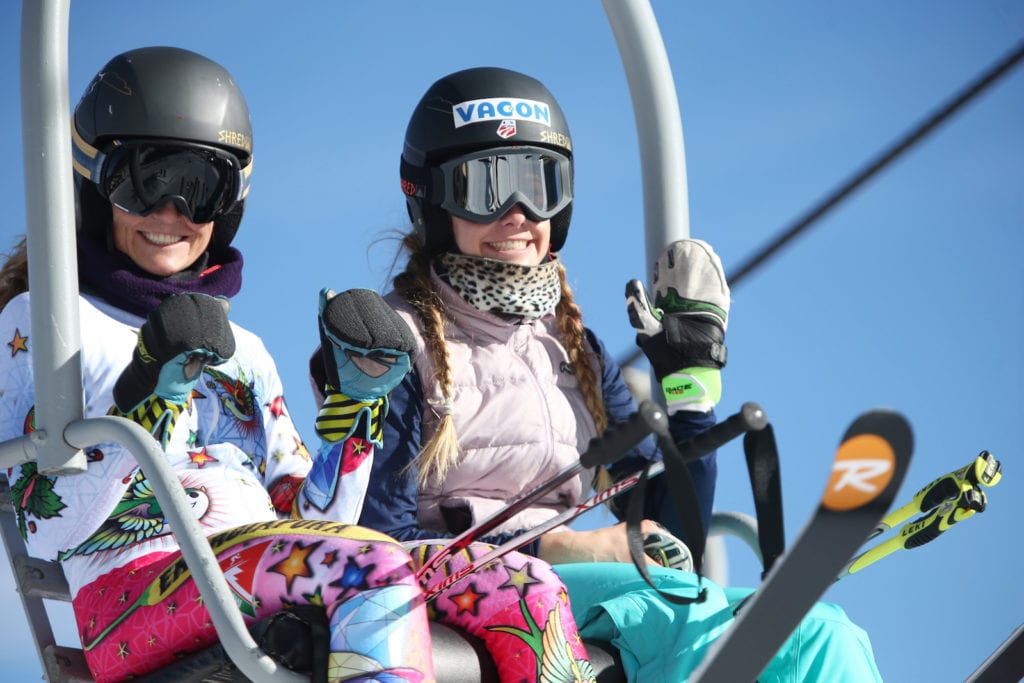
Schleper became an early friend and mentor. Two decades later, they remain as close as ever. As this past season wore on and Stiegler was pondering her future, she looked to Schleper, again, to help her decide about going to the races in Åre. “I called Sarah and was like, ‘what do I do? What am I doing?’ And she said, ‘go celebrate this.’ And that’s what I did.”
During the week in Åre, the two talked every day – including between runs. She was Stiegler’s spiritual north star.
“I really have to thank her,” said Stiegler. “Sarah’s an example that you can do whatever you want – she’s in her 40s raising two kids, racing for a different country! (She represents) that freedom in your mind and accepting things the way you want them to be – on your own terms – and still loving it.
“I don’t care if I come back. It feels good in my heart right now. I really wanted that feeling. And I got it.”
Tiger ears
Stiegler’s iconic tiger ears came to the world’s attention at the 2006 Olympics in Sestriere. The IOC had prohibited her from wearing the ears, ruling it was a commercial marking. U.S. Ski Team and U.S. Olympic Committee officials carried the torch, battling the IOC for several days. In the end, the IOC relented and the tiger ears – with significant resultant media attention – adorned her helmet for the slalom.

The ears actually had their origin dating back to the Lenzerheide World Cup three years earlier. At the time, Stiegler and Julia Mancuso were just fun-loving teens without a clue as to where their careers would take them. While shopping in the village, Mancuso encouraged Resi to get the ears and put them on her racing helmet.
“She was wearing a tiara shortly after that,” laughed Stiegler. “The two of us were pretty hilarious. We had some amazing times together. And I really have to say, she was one of the best teammates I’ve ever had because she was similar to me.”
As teens wandering around Europe, Stiegler and Mancuso would break the months-long monotony of travel with their own explorations.
“I’m so thankful that we were coming up together because it made a difference,” she said. “I remember so many cool stories and places and we didn’t just go to a hotel and sit inside and play on our phones. We were out and about like maybe too much, but we really got to see the world, which I love. There are so many good things that I remember and got to see.”
American style
Over the course of her two decades on tour, Stiegler has been an integral part of establishing an American style that has captivated fans and helped make the U.S. Ski Team everyone’s favorite (or second favorite) team.
“That was a fight that I had in my head later on in my career of like, ‘did you have too much fun?’” she said. “Because I loved every second of my career.”

Stiegler admits she learned more about focus as she watched Mikaela Shiffrin coming up. “I appreciated that, as well,” she said. “But I am thankful that I did bring a different style to ski racing and to America.”
Much of the American style emanated from a need to be creative while spending six months in Europe without going home every weekend. “I kept that American dream going.”
Throughout her career, she reveled in that style, which became her trademark. You see it clearly in the big Wyoming smile celebrating in finish areas. But it was a career that also included over a dozen surgeries. She takes great pride in the fact that her resilience and perseverance brought her back to the World Cup every single time – and back competitively.
In 2012 she claimed her lone World Cup podium. In true Resi style, she did it in spectacular fashion. She came into the March races at the Bavarian village of Ofterschwang, Germany after a string of injuries that had left her without a World Cup top-10 in over three years. In the first run she skied to ninth – .82 behind race leader Maze. Shiffrin, then just 16, stood third.
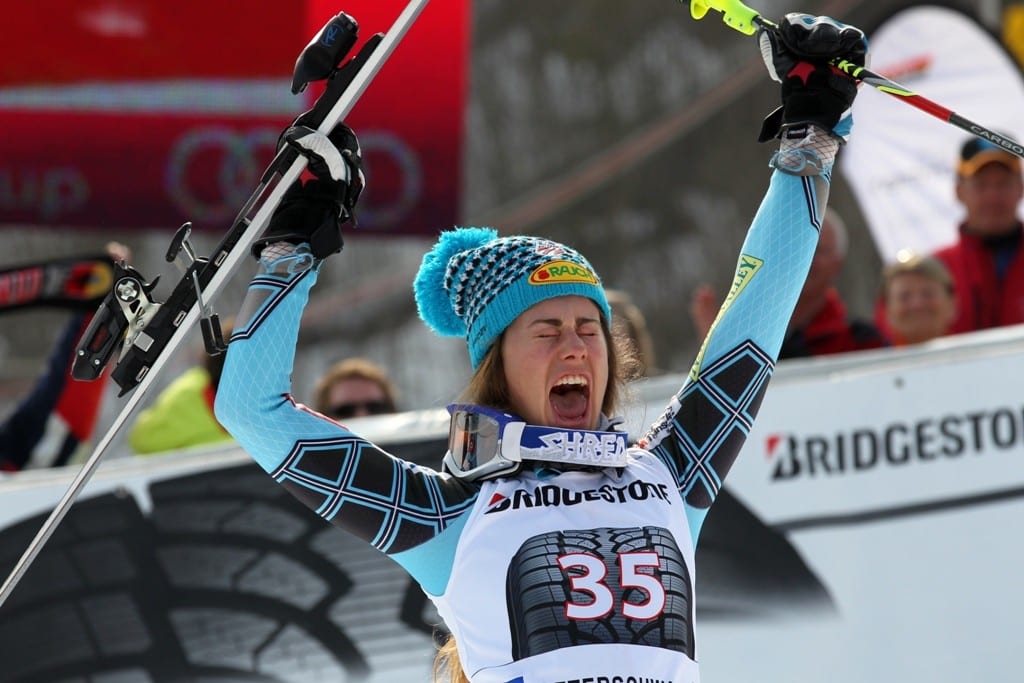
Stiegler charged the second run, bursting into the lead as she pumped her fist and screamed as loud as she could. Standing in the leader’s box, she watched the superstars of slalom come down – Poutianen, Schild, Hoefl-Riesch. None of them could crack into the lead. Then, in a North American show of force, Canada’s Erin Mielzynski – who had never had a top-10 – came down like lightning, eclipsing Stiegler by a mere five hundredths to take the win.
“I’ve had a really hard year mentally and I don’t know why it came together today,” Stiegler told Ski Racing. “But I think it could have come together all year and it was just waiting for this one day.”
Life past ski racing
This winter, Stiegler and boyfriend David Ketterer announced their engagement. The two met at the World Cup in Levi, Finland where Ketterer was racing for the German national team. He also skied at the University of Colorado, winning the 2017 NCAA slalom and giant slalom title.
Stiegler says they’re trying to get married this spring so they can each work on their visas. But don’t look for them to settle down anytime soon.
View this post on Instagram
“We’ll be living around the world,” laughed Stiegler. “Jackson is my home base and, as of now, David’s still racing. So we’ll spend the winter in Germany the first year. But I’m definitely excited to spend more time at home.”
This week in Aspen she’s playing out her final formal role as a day-to-day athlete in typical form. “Well, it’s still going to be competitive as hell, I swear,” she laughed. “Every time I get in the gate, I’m wildly like, ‘I’ve got to win this.’”
Stiegler came into Aspen with three career U.S. titles, sweeping tech races in 2007 at Alyeska and winning slalom gold just four years ago in Sugarloaf.
A few weeks ago she joined brother Seppi at Spring Series races in Steamboat. “It was really cool,” she said. “I’ve never been to Steamboat and I was with up and coming racers. There’s actually a great group of kids coming out of Jackson Hole and it was like so fun to go there. And I won – I can’t believe I just won! There will always be a little bit of a race horse when I get in the gate.”
A legacy of resilience
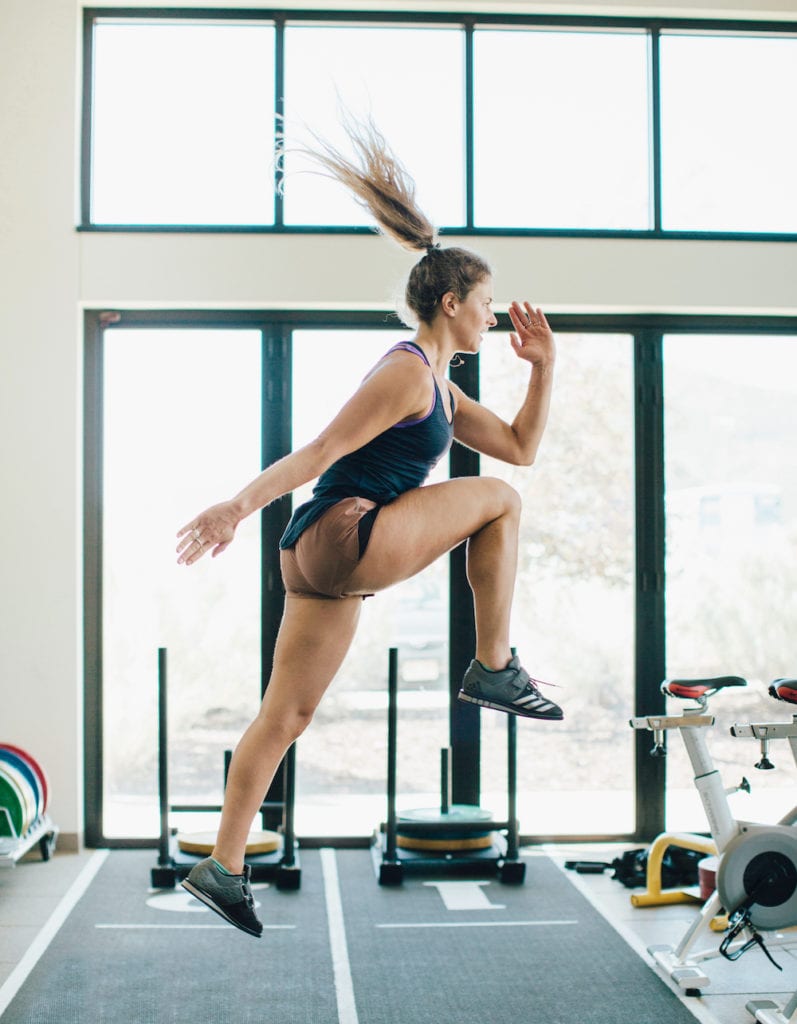
Few would argue that Resi Stiegler’s career has been built on resilience. Injuries took their toll. But every time, she came back strong.
“I truly had some mental problems thinking I was so unaccomplished,” she said. Her trainer out of Jackson, Rob Shaul, helped put it into perspective for her. “He asked me ‘do you understand how stubborn and resilient you are?’ But, as an athlete, if you don’t have the gold medal, you don’t think you did anything. And it doesn’t matter if it’s almost a 20 year career with 13 surgeries and you came back and all of them all the way to the World Cup, all the way to top 15.”
Today, she’s at peace with her career and recognizes the success she has had. And she wants others to understand that aspect of her story. “I hope to inspire people – to bring that pure feeling of belief into yourself. That is what got me through everything. And I really think that can change somebody’s outcome a little bit.”
Just like she looked up to heroes as a wild Wyoming kid looking to have fun, Stiegler embraces her responsibility as a role model for kids today. She wants them to see that you can have fun and that anything is possible.
“You don’t have another life or another opportunity,” she said. “So make sure you’re living this one to the fullest, because it not only gives everyone else around you a good feeling, it inspires the next generation.”
